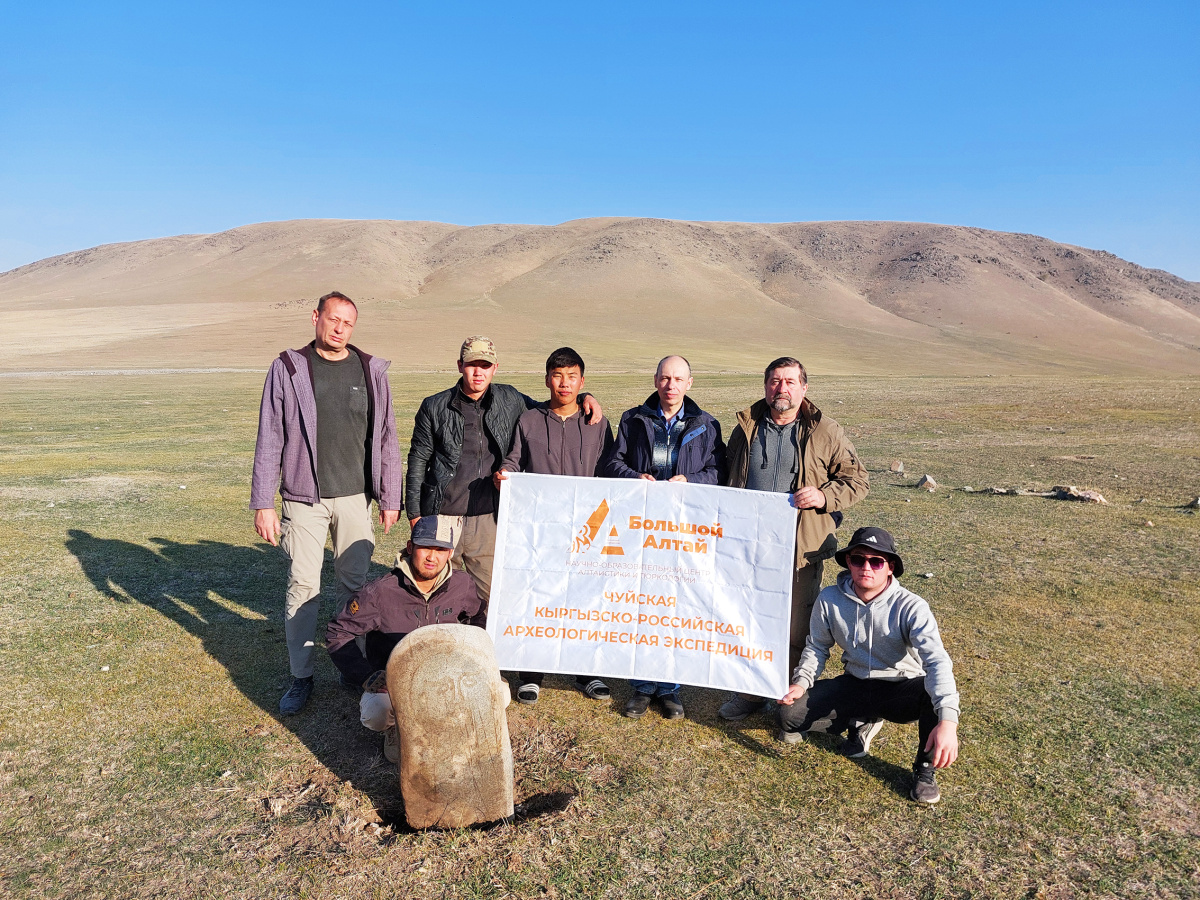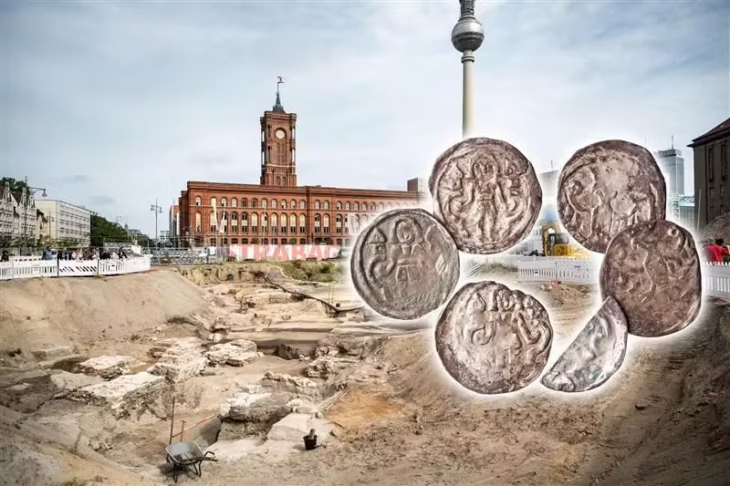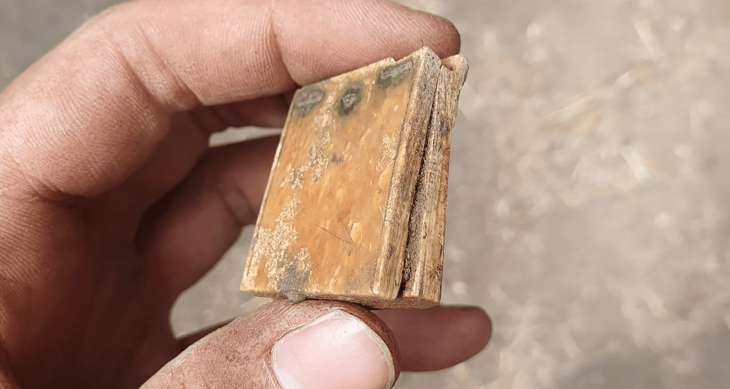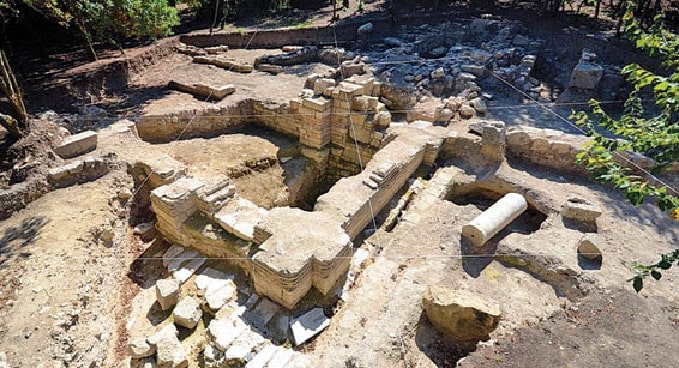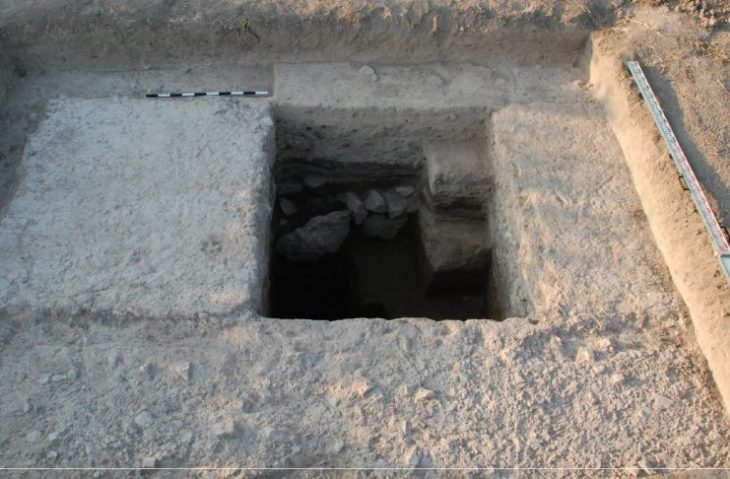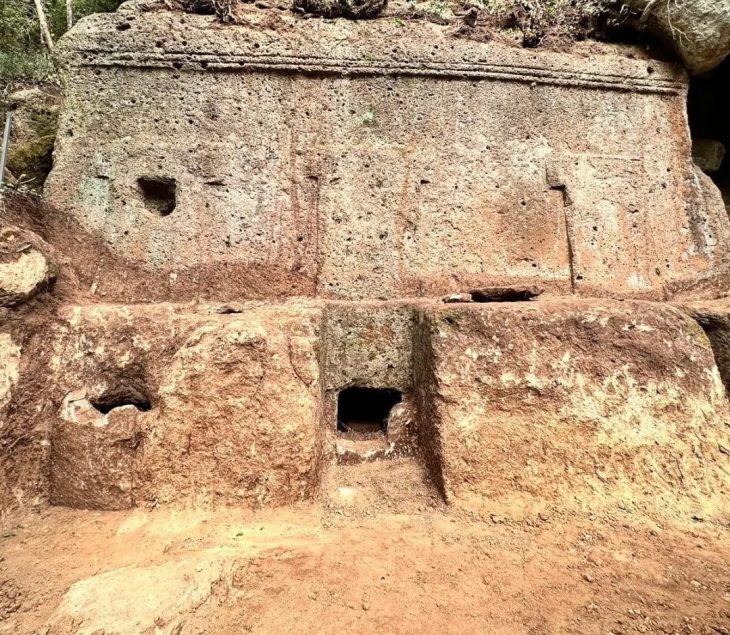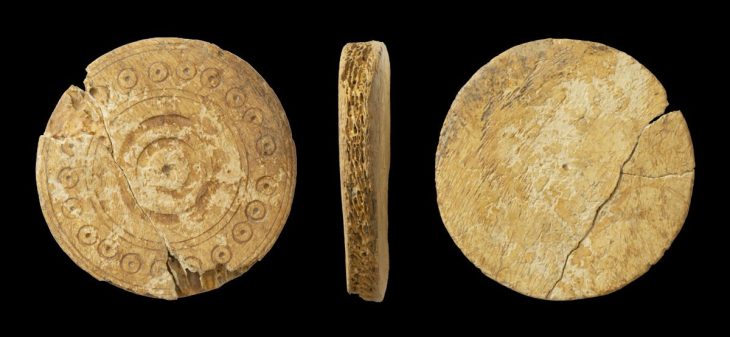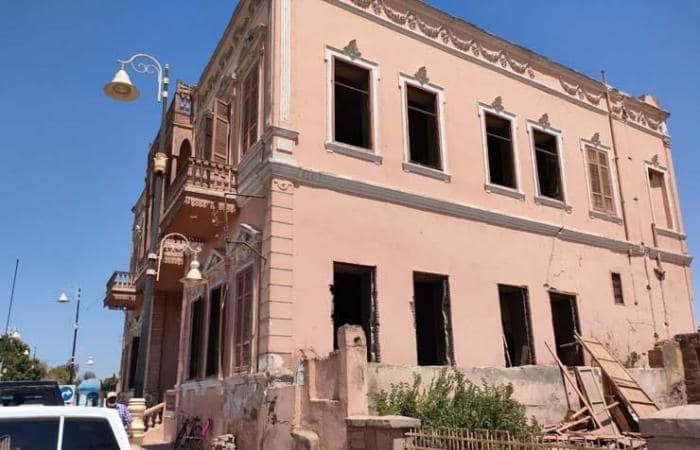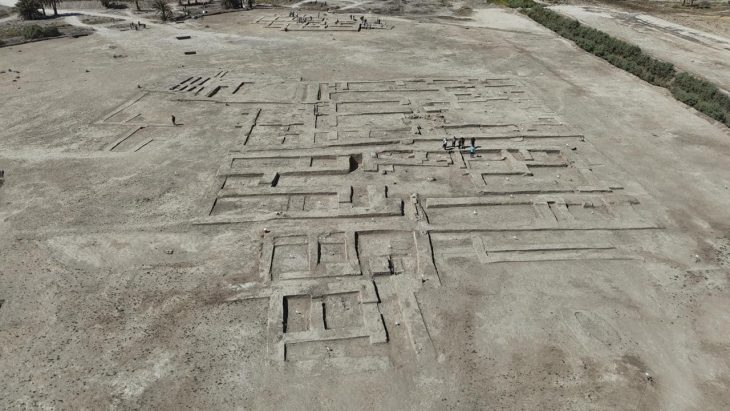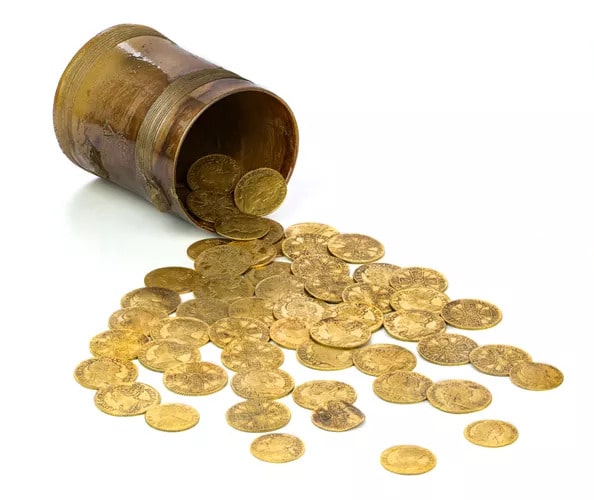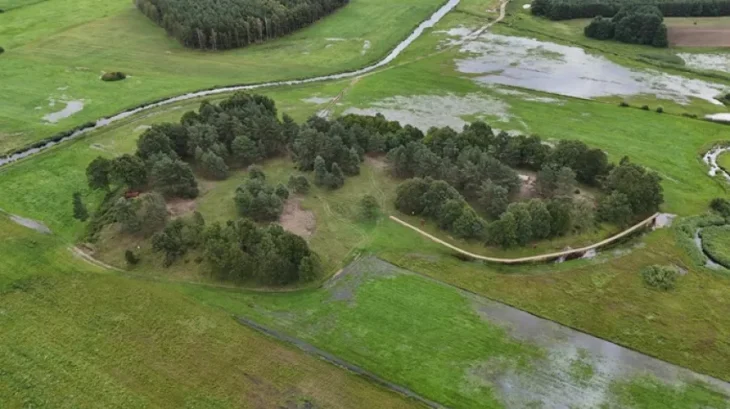Archaeologists from the Greater Altai Research and Educational Center for Altaic and Turkic Studies at Altai State University, in collaboration with Jusup Balasagyn Kyrgyz National University, have unearthed a previously unknown stone sculpture depicting a woman’s face carved into a boulder in the Chui region of northern Kyrgyzstan.
The find, believed to date back to the early Turkic period (6th–8th centuries AD), sheds new light on the symbolic art and funerary traditions of ancient nomadic societies in Central Asia.
Discovery at the Borombay Archaeological Complex
The sculpture was discovered during the joint Kyrgyz–Russian archaeological expedition conducted at the Borombay archaeological complex near the village of Kyzyl-Oktyabr in Kemin District. The site, situated in the foothills of the Chui Valley, contains dozens of burial mounds and ritual structures spanning several eras.
According to Professor Alexey Tishkin, who led the expedition, the team found the stone figure close to the Borombay-I burial group. The image, carved into a large boulder not native to the site, portrays a woman wearing a distinctive three-horned headdress — a feature characteristic of early Turkic iconography. The figure’s right hand holds a cup, a traditional symbol often associated with ritual offerings or ancestral veneration.
“The boulder’s composition differs from local stones, indicating that it was deliberately transported to the site for the creation of this image,” Tishkin explained. “It is a rare example of early Turkic anthropomorphic sculpture representing a female figure rather than a male warrior or ruler.”
📣 Our WhatsApp channel is now LIVE! Stay up-to-date with the latest news and updates, just click here to follow us on WhatsApp and never miss a thing!!

Digital Documentation and Early Turkic Context
The research team conducted detailed photogrammetry of the find and created a digital 3D model for future publication. The object’s surface shows signs of careful pecking and polishing, typical of stone-working methods of the early Turkic period. The discovery adds to a small but growing corpus of female anthropomorphic sculptures known from Inner Asia, expanding current understanding of the symbolic and social roles of women in early Turkic belief systems.
Archaeologists note that the three-horned headdress — sometimes interpreted as representing the heavens or divine protection — has parallels in other early Turkic and steppe art traditions. Similar motifs appear on petroglyphs and bronze artifacts from Mongolia and southern Siberia, suggesting shared cultural expressions across the greater Eurasian steppe.
Excavations at Borombay-I and Borombay-II
In addition to the sculpture, the expedition investigated two major burial sites: Borombay-I mound No. 39 and Borombay-II mound No. 8.
Mound No. 39 revealed a large catacomb burial with multiple stone layers. Though the tomb had been looted in antiquity, researchers recovered bone fragments and ceramic vessels that will undergo radiocarbon dating to determine the absolute chronology.
“This type of catacomb construction has not been observed on the Russian Altai,” said Tishkin. “It likely dates to a pre-Turkic phase, possibly connected with the Kenkol culture or even earlier traditions.”
At Borombay-II, mound No. 8 consisted of an oval ring of large stones without human remains. Archaeologists interpret it as a cenotaph—a symbolic grave marking the memory of an individual who died far from home. A fragment of pottery and a well-shaped stone pestle were recovered from the area, confirming its ritual character.
Overall, 41 archaeological features were documented across the Borombay-I site, including stone enclosures and ritual structures. Unfortunately, many of the mounds had been damaged by road construction and long-term agricultural use.
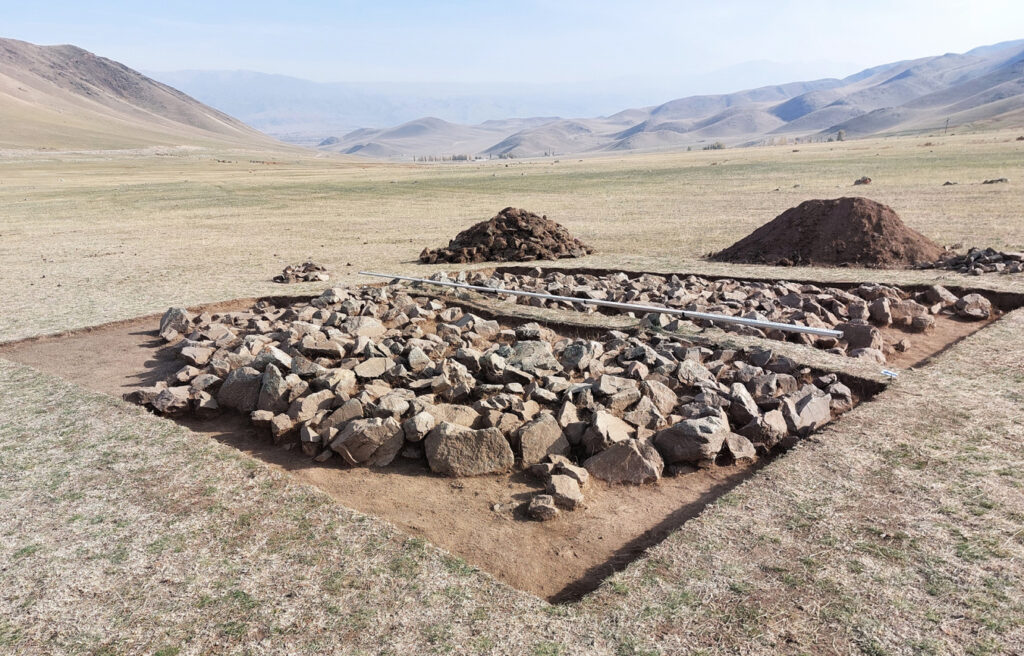
Future Research and Preservation Efforts
Following the completion of excavations, all trenches were refilled and covered with turf to restore the natural landscape. The team emphasized that further research in the Chui Valley will require longer field seasons, additional funding, and wider use of digital recording technologies.
The collaboration between Altai State University and Kyrgyz National University marks the first systematic fieldwork by Altai archaeologists in Kyrgyzstan. Future expeditions aim to explore the cultural and chronological links between the ancient populations of the Altai and those of Central Asia.
“The discovery of the Borombay sculpture opens a new page in the study of early Turkic monumental art,” said Tishkin. “It provides direct archaeological evidence of the artistic and ritual worldviews shared among the nomadic peoples of the Greater Altai and Kyrgyz steppe.”
Greater Altai Research and Educational Center for Altaic and Turkic Studies
Cover Image Credit: Greater Altai Research and Educational Center for Altaic and Turkic Studies

